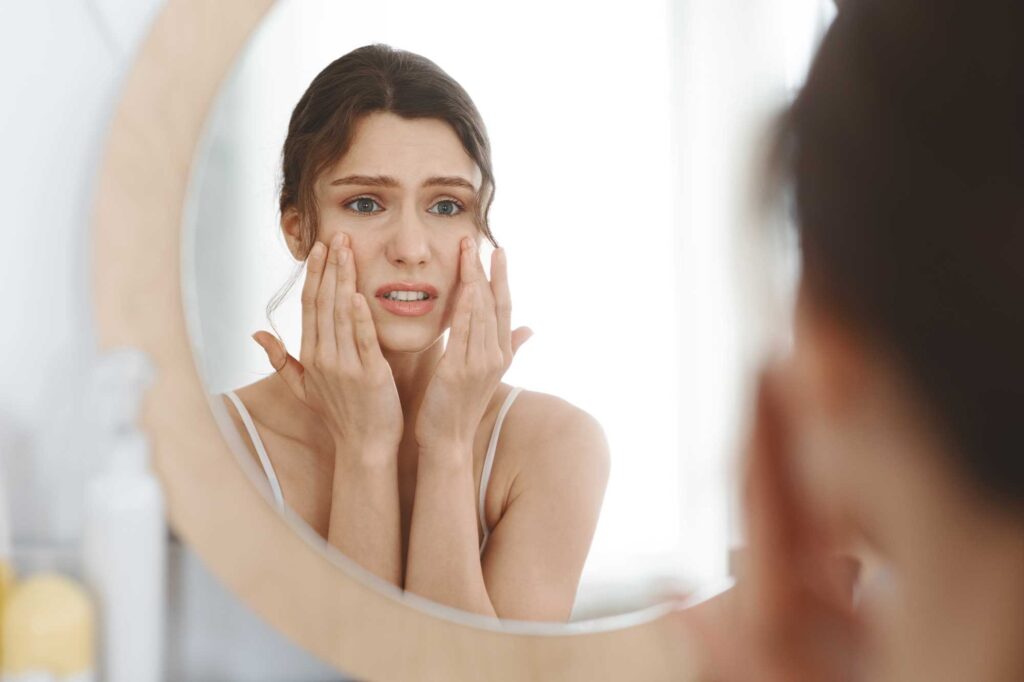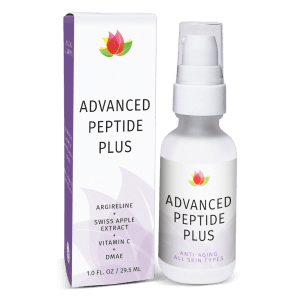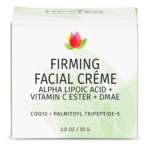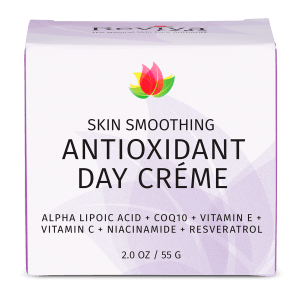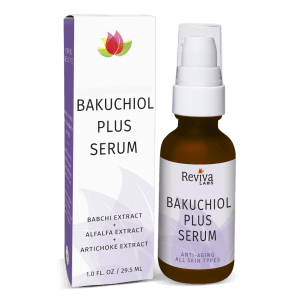Reviva Labs, Skin Care
How Free Radicals Damage Your Skin and What You Can Do About It
Skin doesn’t just age on its own. The process is accelerated by a silent yet destructive force that weakens its structure, depletes its moisture, and erodes its youthful glow. Free radicals—unstable molecules that aggressively attack healthy skin cells—are responsible for much of the premature aging that occurs over time. Without proper protection, the skin becomes vulnerable to wrinkles, uneven tone, and irritation. While free radicals are unavoidable, they don’t have to define the aging process. With the right skincare and lifestyle choices, it’s possible to minimize their impact and maintain a healthier, more resilient complexion.
The Chain Reaction That Wreaks Havoc on Skin
Free radicals are molecules missing an electron. In their unstable state, they seek balance by stealing electrons from healthy cells, setting off a chain reaction of oxidative stress that accelerates skin aging. This process disrupts collagen and elastin, the two proteins responsible for keeping skin firm and smooth. Once these fibers break down, the skin begins to lose its structure, leading to fine lines, sagging, and dullness.
Environmental factors contribute significantly to free radical formation. The sun’s ultraviolet rays generate these unstable molecules at an alarming rate, causing DNA damage that leads to photoaging and hyperpigmentation. Pollution, cigarette smoke, and processed foods introduce toxins that further increase oxidative stress. Even stress and sleep deprivation weaken the skin’s ability to repair itself, allowing free radical damage to accumulate more rapidly. The more frequently the skin is exposed to these aggressors, the harder it becomes for it to maintain its natural resilience.
The Visible Signs of Free Radical Damage
The effects of free radical damage don’t go unnoticed for long. One of the earliest signs is a loss of radiance, as oxidative stress disrupts the skin’s ability to retain moisture and nutrients. As free radicals continue their assault, fine lines and wrinkles begin to appear, often becoming more pronounced around the eyes and mouth. Without adequate protection, the skin’s surface becomes rougher, drier, and increasingly prone to discoloration.
Hyperpigmentation is another common result of oxidative stress. Free radicals trigger an overproduction of melanin, leading to dark spots and uneven skin tone. Inflammation often accompanies these changes, causing redness and sensitivity that make the skin appear irritated or reactive. Over time, oxidative stress weakens the skin barrier, making it less capable of defending itself against external pollutants. When the skin’s protective layer is compromised, hydration levels drop, leading to a tight, parched feeling that accelerates the aging process even further.
The Power of Antioxidants in Skin Protection
Since free radicals cannot be entirely avoided, the best way to prevent oxidative stress is to neutralize them with antioxidants. These powerful compounds stabilize free radicals by donating an electron, stopping the damage before it spreads. Antioxidants also play a crucial role in collagen preservation, ensuring that the skin retains its elasticity and smooth texture for longer.
Vitamin C is one of the most effective antioxidants for protecting against environmental damage. It brightens the complexion, supports collagen synthesis, and reduces hyperpigmentation by inhibiting excess melanin production. Vitamin E works alongside vitamin C to reinforce the skin’s natural barrier, preventing moisture loss and strengthening its defense against pollutants. Coenzyme Q10, another potent antioxidant, helps to energize skin cells while reducing the appearance of fine lines.
Niacinamide provides additional protection by soothing inflammation and balancing oil production. This multi-functional antioxidant strengthens the skin’s moisture barrier, making it less prone to dehydration and irritation. Green tea extract, rich in polyphenols, offers additional defense against oxidative stress by reducing redness and calming sensitive skin. Alpha lipoic acid, one of the most powerful antioxidants available, helps regenerate other antioxidants while improving overall skin texture and tone.
Creating a Skincare Routine That Fights Free Radicals
A well-structured skincare routine is essential for minimizing free radical damage. Cleansing should be the first step, as removing surface pollutants prevents them from settling into the skin and causing oxidative stress. Choosing a cleanser infused with green tea extract or vitamin C provides an added layer of antioxidant defense while preparing the skin for further treatments.

After cleansing, an antioxidant-rich serum provides concentrated protection against environmental stressors. A high-potency vitamin C serum works to brighten the complexion while neutralizing free radicals before they can damage skin cells. Following up with a hydrating antioxidant moisturizer ensures that the skin remains resilient throughout the day. A well-formulated moisturizer not only reinforces the skin’s barrier but also provides continuous hydration to prevent dryness.
Daily sunscreen application remains one of the most effective defenses against free radical formation. Since UV radiation is a primary source of oxidative stress, applying a broad-spectrum SPF every morning is essential for maintaining long-term skin health. A nighttime routine should focus on repair and renewal. Retinol-based treatments help accelerate cell turnover while minimizing the effects of oxidative damage. A hydrating night cream with antioxidants replenishes moisture levels, ensuring that the skin recovers overnight.
Lifestyle Habits That Reduce Free Radical Exposure
Skincare alone isn’t enough to fully protect against free radical damage. Healthy lifestyle choices play an equally important role in minimizing oxidative stress. A diet rich in antioxidant-packed foods provides the body with internal protection against environmental aggressors. Consuming berries, leafy greens, and nuts delivers essential vitamins and polyphenols that support skin health. Staying hydrated ensures that toxins are flushed out efficiently, keeping the skin clear and well-nourished.
Regular exercise boosts circulation, delivering oxygen and nutrients to skin cells while reducing inflammation. Sleep also plays a vital role in skin regeneration, as deep rest allows the body to repair damage and strengthen its natural defenses. Limiting alcohol intake and avoiding smoking further reduces exposure to harmful toxins that accelerate aging.
Since stress can also contribute to oxidative damage, managing cortisol levels through relaxation techniques helps maintain skin balance. Incorporating mindfulness practices, such as meditation or deep breathing, reduces inflammation while promoting overall skin health. Small, consistent changes in daily habits can have a profound impact on the skin’s resilience against environmental stressors.
The Long-Term Impact of Free Radical Defense
The effects of oxidative stress may not always be immediate, but over time, they become increasingly visible. Without proper intervention, free radicals continue to weaken the skin’s structure, leading to accelerated aging, loss of firmness, and persistent dullness. However, by incorporating antioxidants, protective skincare, and lifestyle adjustments, it’s possible to slow down the aging process and maintain a healthy complexion.
Taking proactive steps today ensures that the skin remains vibrant and resilient in the years to come. Consistency is key when it comes to defending against free radical damage. With a well-rounded routine and mindful lifestyle choices, maintaining a youthful glow becomes more than just a possibility—it becomes a reality.



